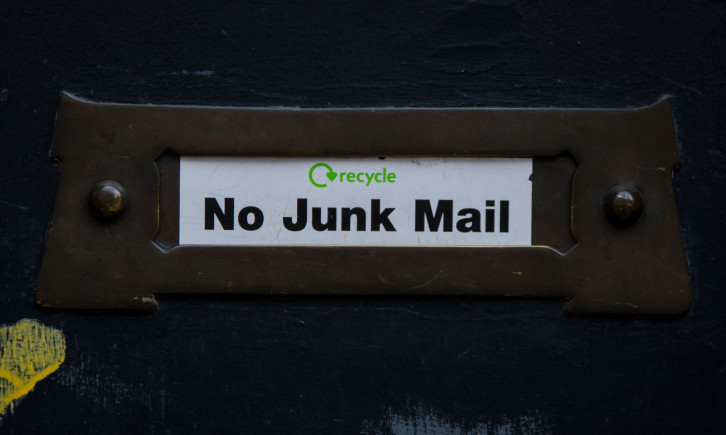
Complaints about charities have almost doubled in the last year with junk mail prompting the most moans.
There were nearly 50,000 gripes made about charity cash collecting techniques in 2013 according to the Fundraising Standards Board (FRSB).
It was a marked increase on 2012 figures, when just 33,744 complaints were made.
The majority of moans were targeted at the use of addressed direct mail which accounted for 17,000 complaints.
Colin Lloyd, chair of the Fundraising Standards Board (FRSB), said: “A small minority of organisations that deliver high-volume campaigns are generating the bulk of all concerns.”
The FRSB governs more than 1,200 charities, generating £4.6bn in voluntary income between them last year.
The organisation’s 2013 complaints report shows a 14,000 rise in grumbles submitted by the public, with more than 5,800 of those directed at new fundraising groups, including charities which swap old clothes for cash. The country’s biggest charities received roughly 515 moans each.
Chuggers people who collect for charities in streets also continued to prompt widespread ire. More than 8,000 complaints were made about telephone calls, with those answering the phone bemoaning the tone and content of the calls they’d received from charity organisations.
The FRSB attempted to put a positive spin on the figures, claiming that the rise in complaints can be offset by a boom in activity from charities.
Mr Lloyd said: “Although the majority of member charities tell us they have increased their fundraising activity during the year, few organisations report an increase in complaints. In fact, the majority of organisations reported no complaints at all. “The spike in complaints came from a small group of major charities and the addition of two new reporting organisations.”
Peter Lewis, chief executive of the Institute of Fundraising (IoF), argued that communicating with the public is at the core of every charity’s efforts. He added: “Charities need resources to meet their vital objectives.”

Enjoy the convenience of having The Sunday Post delivered as a digital ePaper straight to your smartphone, tablet or computer.
Subscribe for only £5.49 a month and enjoy all the benefits of the printed paper as a digital replica.
Subscribe